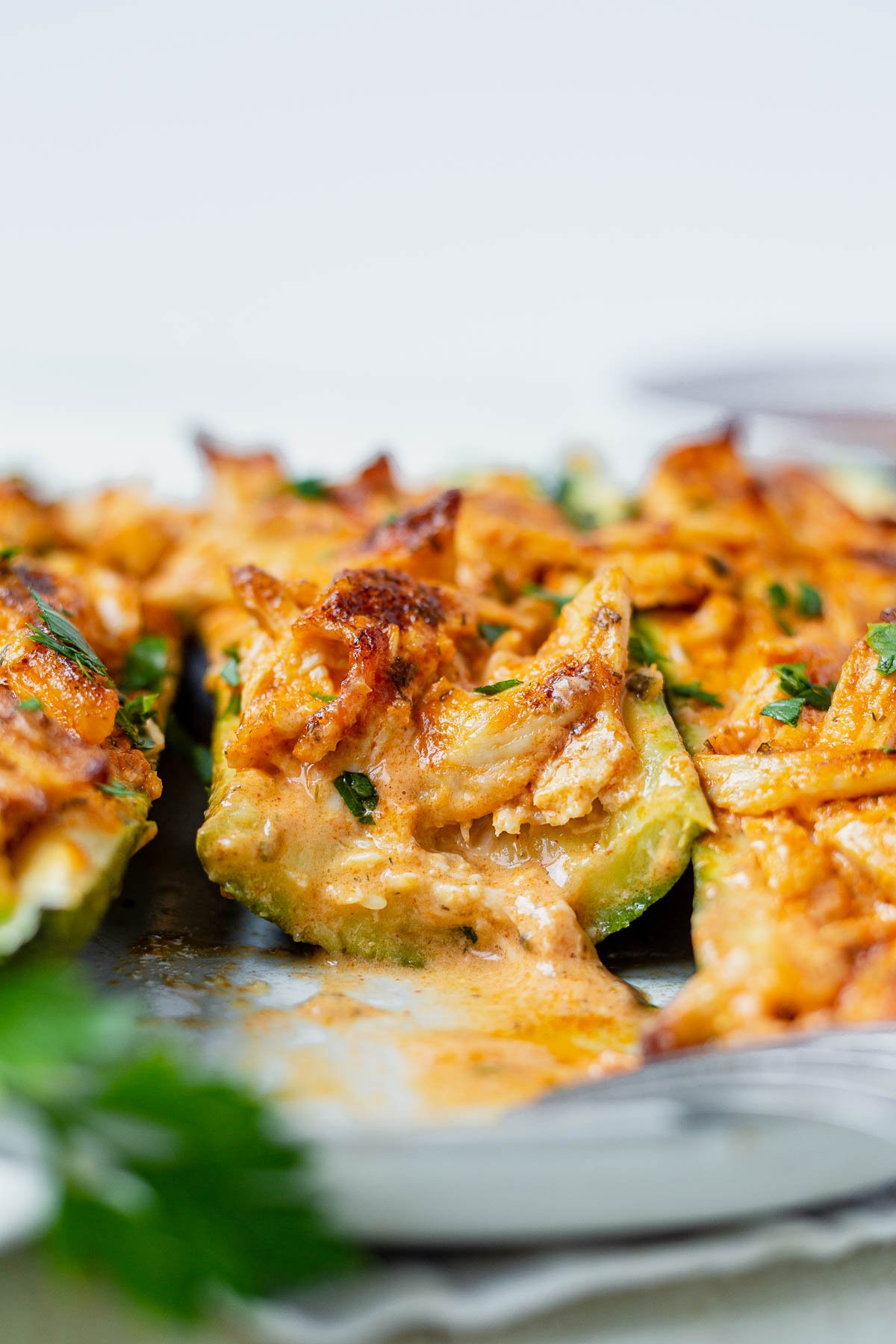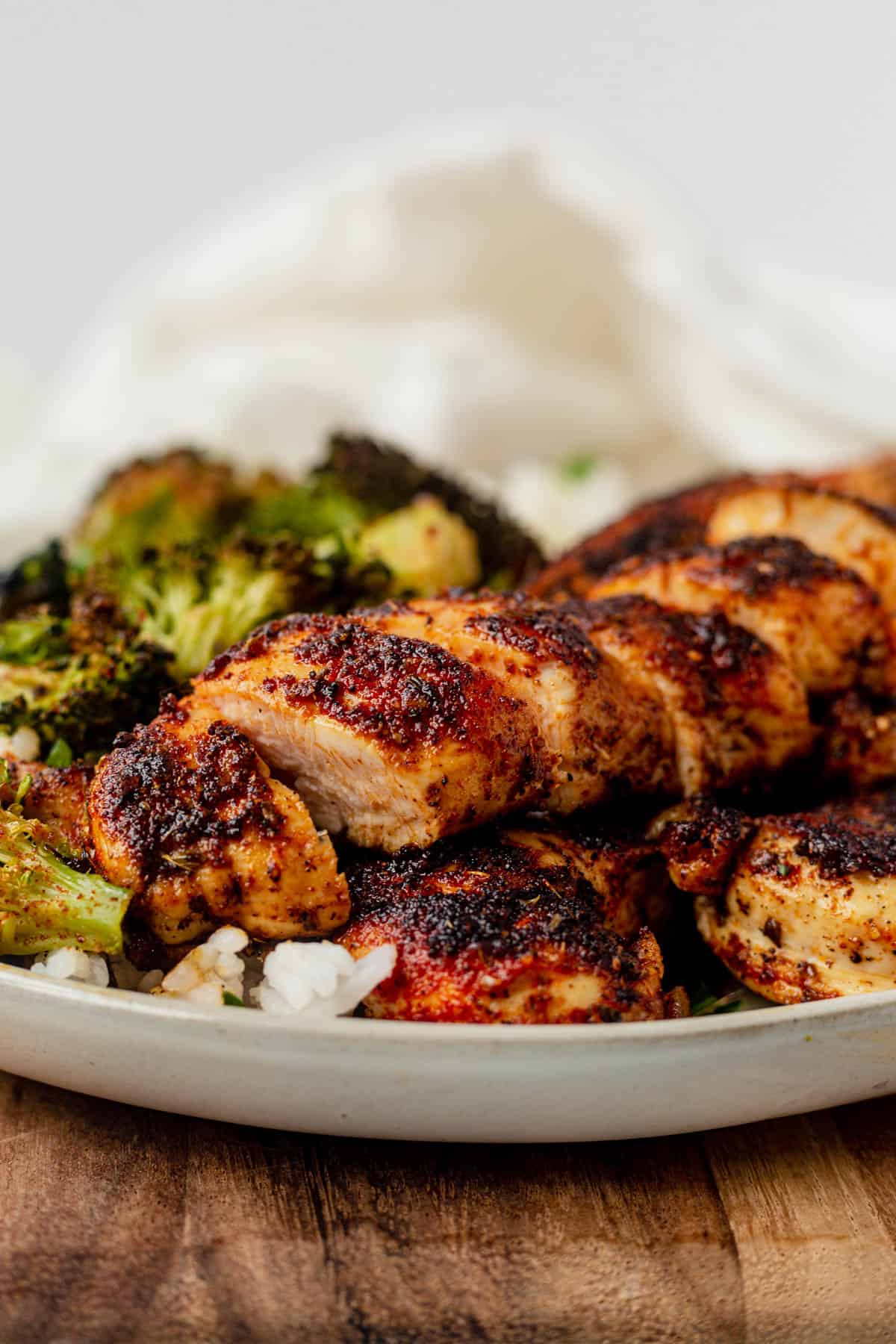The Instant Pot, a popular kitchen appliance, offers a convenient and time-saving method for cooking various dishes, including succulent chicken. However, sometimes the chicken cooked in an Instant Pot can turn out rubbery, a texture that is far from the desired tender and juicy result. This guide delves into the potential reasons behind rubbery Instant Pot chicken and provides practical solutions to ensure perfectly cooked chicken every time.
Understanding the Causes of Rubbery Instant Pot Chicken
Identifying the underlying causes of rubbery Instant Pot chicken is crucial for finding effective solutions. Here are some common factors that can contribute to this issue:
-
Overcooking: Excessive cooking time is a primary culprit for rubbery chicken. The Instant Pot’s high pressure environment can quickly overcook chicken, resulting in a tough texture.
-
Insufficient liquid: A lack of liquid during cooking can lead to dry and rubbery chicken. The liquid helps create steam, which promotes even cooking and prevents the chicken from becoming tough.
-
Using frozen chicken without adjusting cooking time: Cooking frozen chicken in the Instant Pot requires a longer cooking time compared to fresh chicken. Failure to adjust the cooking time can result in undercooked or rubbery chicken.
-
Releasing pressure too quickly: Rapidly releasing the pressure after cooking can cause the chicken to seize up, resulting in a tough texture. It’s generally recommended to allow for a natural pressure release or a gradual release over several minutes.
Solutions for Tender and Juicy Instant Pot Chicken
To achieve tender and juicy Instant Pot chicken, consider implementing the following solutions:
-
Adjust cooking time: For fresh chicken breasts, a cooking time of 8-10 minutes at high pressure is typically sufficient. For frozen chicken breasts, increase the cooking time to 12-15 minutes at high pressure.
-
Ensure adequate liquid: Add at least 1 cup of liquid, such as water, broth, or cooking wine, to the Instant Pot before cooking. This liquid will help create steam and prevent the chicken from drying out.
-
Thaw frozen chicken before cooking: If possible, thaw frozen chicken breasts in the refrigerator overnight or under cold running water before cooking in the Instant Pot. This will help ensure even cooking and reduce the risk of rubbery chicken.
-
Release pressure gradually: After the cooking time is complete, allow the pressure to release naturally for 10-15 minutes before manually releasing the remaining pressure. This gradual release helps the chicken retain its juices and prevents it from becoming tough.
Additional Tips for Perfect Instant Pot Chicken
In addition to the solutions mentioned above, here are a few extra tips for cooking tender and juicy Instant Pot chicken:
-
Use the trivet: Place the chicken on a trivet or steamer basket to elevate it above the liquid and promote even cooking.
-
Season the chicken: Season the chicken generously with salt and pepper or your favorite herbs and spices before cooking. This will enhance the flavor and make the chicken more enjoyable.
-
Shred or slice the chicken: Once cooked, shred or slice the chicken immediately to help it retain its moisture and prevent it from becoming dry.
Achieving tender and juicy Instant Pot chicken is possible by understanding the causes of rubbery chicken and implementing the solutions provided in this guide. By adjusting cooking time, ensuring adequate liquid, thawing frozen chicken, releasing pressure gradually, and following additional tips, you can consistently enjoy perfectly cooked chicken from your Instant Pot.
How do You Fix Rubbery Chicken?
Chicken is composed of three ingredients: liquid, fat, and protein. As was already mentioned, the longer the chicken cooks, the more moisture (and fat) it loses, giving it a rubbery texture.
Though you can’t go back and redo the chicken, there are still ways to make it work. To make the chicken more tender and tasty, you’ll need to add extra liquid and fat.

3 Reasons for Rubbery Chicken
Because the chicken loses moisture during cooking, overcooking is the most common cause of rubbery chicken, as was already mentioned. The best defense against this is to make sure the chicken is cooked through. For a few tried-and-true tactics and cooking techniques, continue reading.
Conversely, the other extreme may also result in rubbery chicken. Undercooked chicken typically has a jiggly consistency and a shiny appearance. Eating this is dangerous; it needs to be fixed before consumption.
In terms of quality, organic chicken raised slowly is the best. Irrespective of the cooking method, rubbery chicken is commonly associated with woody chicken breasts and chicken with white stripes.
White-striped chicken refers to a chicken breast that has fat streaks running the length of the muscle fibers. Chicken thighs, breasts, and other delicate parts may experience this.
Knots in the muscle fibers cause the breasts to become woody. They are chewier and harder to eat because of the enlarged muscle and increased connective tissue.
A 2019 study found a significant correlation between woody breasts and the chicken’s body weight. As a result of the study, scientists believe the increased growth rate of chickens may be the cause of both white-striped and woody breasts.

Instant Pot Chicken Breast–Tender, Juicy, and Perfectly Cooked
FAQ
Why does my Instant Pot chicken taste rubbery?
How do you fix rubbery Instant Pot chicken?
How do you fix rubbery chicken?
How do you keep chicken from getting tough in Instant Pot?
Why is my chicken rubbery in the Instant Pot?
In most cases, the chicken will come out rubbery when the Instant Pot is too big for the small amount of food inside. Ensure you use the right size of Instant Pot for your family’s needs to ensure all your dishes come out well. If you only have a large Instant Pot, try doubling up the recipe for better results.
Why is my Instant Pot chicken chewy?
Incorrect Venting Method An Instant Pot is designed with a proper pressurizing and pressure venting system to ensure the food is properly cooked and the steam is safely released afterward. However, when the venting is opened during cooking, the chicken will turn out chewy and rubbery.
Why is my chicken rubbery?
There’s more than one reason your chicken might turn out like this. Either you’ve done something wrong in the preparation or cooking process, or it’s the chicken itself that has suffered from a disease called woody chicken breast, meaning its muscle fibers are unnaturally knotted. So, in some cases, rubbery chicken is unfortunately inevitable.
Can you add salt to chicken in Instant Pot?
However, adding salt to chicken at the beginning of its cooking time in the Instant Pot may give a rubbery result. Salt can toughen the fibers and draw moisture out of the meat, leaving it tough and dry. The trick is to not salt the cooking liquid or poultry in advance but rather wait until the end, once the dish has finished cooking.
